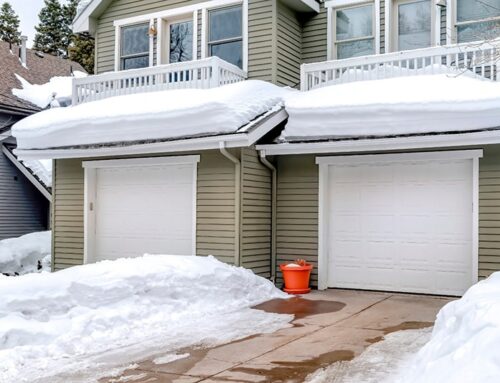Asbestos exposure has been a problem for centuries, but it wasn’t until the last few decades that people have taken notice. Asbestos is being seen more on the news, billboards, and social media. People have begun to take notice of the severity of asbestos exposure. We will discuss where you are usually exposed to asbestos and what the dangers are.
At Work
Construction workers are the most commonly exposed to asbestos. However, other occupations are also at risk. Railroad, military, and shipyard workers are also at risk of asbestos exposure. New laws and regulations have been passed to ensure worker safety, but there are some still flaws. Workers who are exposed at work often bring asbestos fibers home on their clothing, shoes, and lunchboxes. This causes entire families to become exposed and ill from asbestos exposure.
At Home
Homes built before to 90s are more likely to have asbestos-containing supplies. However, newer homes may still contain asbestos, as some construction materials still contain trace amounts of asbestos. Asbestos was used in many materials, including:
- Spray-on Ceilings
- Adhesives
- Flooring
- Tile
- Roofing
- Insulation
- Wire Coatings
Most exposure happens during a remodel, but you can be exposed as materials become older. As materials breakdown from wear and tear, they turn into dust and can easily fly through the air and expose your family. If you own an older home, you must have an asbestos test completed. This is also the case before any type of remodel or renovation. Asbestos exposure is very hazardous.
In Schools
While new laws and regulations are in place for schools with asbestos, the exposure can still happen. Most school buildings were built decades ago. During this time, asbestos was used in most construction materials. Luckily, schools have plans in place to protect children and faculty from asbestos exposure.
Asbestos exposure can cause illnesses like mesothelioma, cancers, and respiratory problems. It is imperative to have your home tested and asbestos removed by a licensed asbestos removal specialist.







Leave A Comment